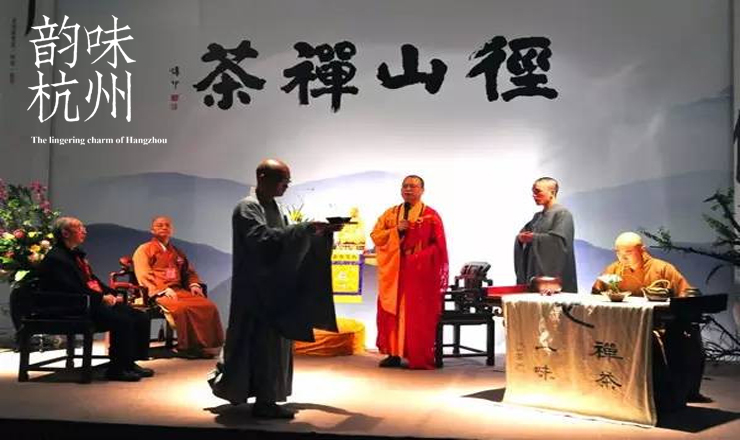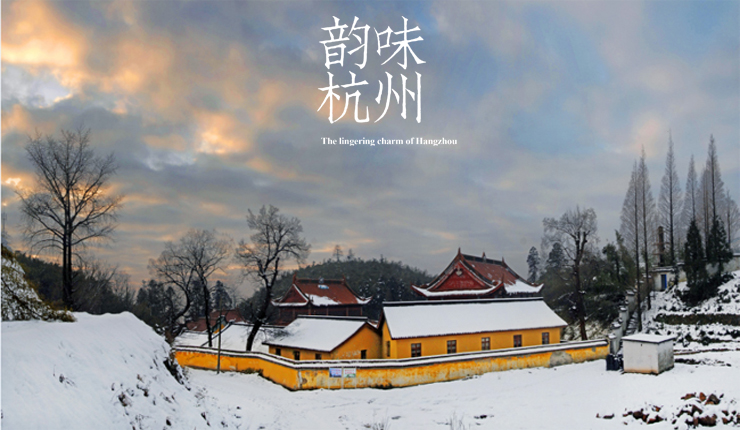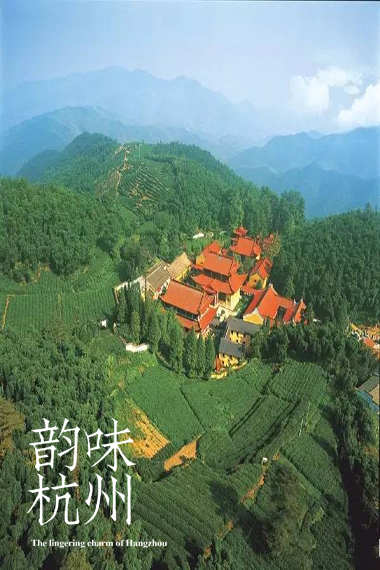
Located in northwest of Hangzhou, Jingshan Temple was founded in 745, during the reign of Emperor Xuanzong of Tang. In times of prosperity, the temple complex housed more than 1,700 monks in more than 1,000 rooms. In the mid-12th century, two Japanese monks, Enni Ben’en and Nanpo Shomyo, travelled separately to Jingshan Temple to study Buddhism. They later introduced the cultivation, processing, and rituals of drinking Chinese tea to Japan, which later developed into the Japanese tea ceremony.
Throughout its long history, Jingshan Temple was destroyed multiple times due to the ravages of war and fire. Some of the major structures were restored successively after 1994.

Built during Tianbao Period of Tang Dynasty, Jingshan Temple, an ancient temple with a history of more than 1,200 years, is the last peak after the localization of Buddhism in China.
Being the top of the five large Zen temples in South China, Jingshan Temple enjoyed a booming pilgrimage during the Southern Song Dynasty. This used-to-be grand temple had over 1,700 monks and over 1,000 architectures. However, the whole temple was destroyed due to war and disrepair. Nothing was left except a bell tower with a large bell made in the first year of Yongle Period in Ming Dynasty, three iron Buddhas casted in Song Dynasty, and a stone tablet for the patriarchs of generations during Zhizheng Period in Yuan Dynasty. Jingshan Tea Feast has a long history and profound cultural connotation. People exchange ideas on doctrines and get an understanding of Zen through tea.
Generally speaking, Jingshan Tea Feast consists of a dozen of procedures including beating tea drum, posting tea list, setting out the seats, presenting guests of honor, making tea, serving and drinking tea, as well as expressing thanks.
(Source: Jingshan Cultural Tourism Website)



